Review: LG Optimus G for AT&T
Menus
The Optimus G runs Android 4.0.4 Ice Cream Sandwich with a user interface treatment from LG. AT&T made its own tweaks to the user interface that are more intrusive than the Sprint version. If the AT&T G has the better hardware, the Sprint G has the better software.
First, the lock screen. It's fully customizable. It offers four shortcuts, all of which can be changed or deleted. You can also customize which clock appears on the lock screen, and whether or not weather data and other alerts are sent to the lock screen. Good stuff.
There are three home screen panels for customization out of the box, but you can delete or add screens if you wish. There are a multitude of widgets on board. Again, these can all be set however you wish them to be. I really like the animations used by LG for screen transitions. There's a cool 3D effect that is a step-up in terms of awe factor. You can tell that LG put in a bit more effort to make the Optimus G's experience that much better than its older phones.
The main menu is a regular old grid of apps. Thankfully, you have some flexibility as far as customizing it is concerned. You can view it with large icons (default) or small icons to fit more apps on each individual page. You can sort apps alphabetically or via install date. You can't, however, view them in list form.
The drop-down notification shade provides access to all the wireless radios as well as brightness, rotation, sound, and the QuickMemo apps. Very cool.
The one thing that really drives me nuts is how AT&T has treated the Settings menu. Most Android 4 devices have an easy-to-use Settings menu that's laid out on a single page. Rather than take that approach, AT&T has broken the Settings menu(s) into four separate tabs (Radio, Personalize, etc.). In the week I've been using the G, I never quite got the hang out which Settings tools were under which of the tabs. It's a pain in the butt, and requires a lot more futzing and pressing than the single-screen layout does. Boo, AT&T.
This gripe aside, even the AT&T G provides users with a flexible platform that they can fully customize and make your own. The G also comes with different home screen themes (each with its own wallpaper and app shortcuts), and of course the ability to tweak ringers, alerts, and so on. You can even customize the app icons with photos you've taken yourself.
As far as performance goes, the Optimus G uses a Qualcomm Snapdragon S4 quad-core processor. You can tell. It's fast as blazes. Seriously, it is leaps and bounds faster than any other LG device I've ever used. To call it the fastest LG smartphone ever - while true - would be a gross understatement.
Calls and Contacts
LG hasn't done anything to spruce up the appearance or function of the phone and contact apps. They look and behave just as they do on every other Android 4.0 device out there. As far as widgets go, there are the usual home screen widgets for direct contacts, as well as the a nice widget for a collection of your favorites. The bigger widget lets you access your top nine contacts and gives you a cool UI for interacting with them on the home screen.
Messaging
As far as messaging goes, the G has the stock Android tools on board. The SMS app offers nice, threaded conversations; the Gmail/email apps are great ways to manage your inbox; the Google+ and Google+ Messenger apps are good for keeping up with your G+ activity; and the Google Talk app is as powerful as ever for IM and video chats.
The native Facebook and Twitter apps are pre-installed, as well as embedded in the operating system. Sharing things with your social networks is never more than a Menu button out of reach.
AT&T and LG have also added two separate social network widgets that pull status updates from both Facebook and Twitter and put them in a single spot. It's an OK widget, and takes advantage of the native Android system support for these social networks. As is often the case, the full Facebook and Twitter apps offer a richer set of features than these generic widgets do, but at least the widgets consolidate social networking into one panel on your home screens.
Last, AT&T's catch-all IM app is available. This app can work with GTalk, as well as with AIM, Windows Live, and Yahoo IM. It's a bit clunky as far as I am concerned, but the Sprint version doesn't offer this feature out of the box.


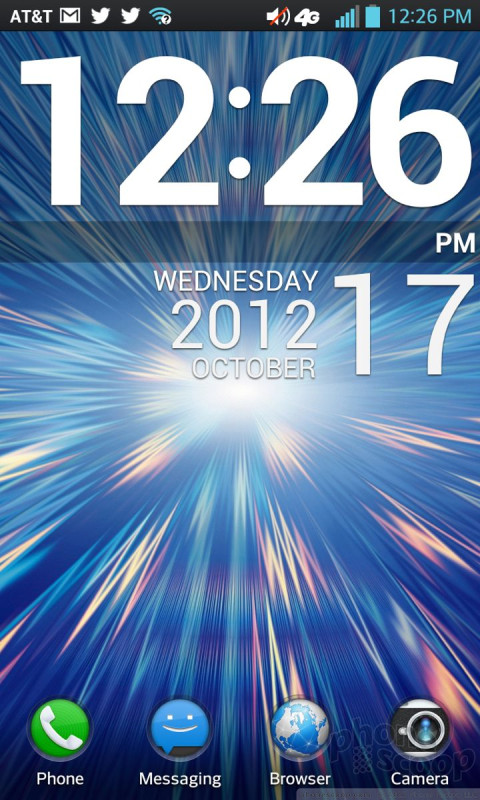






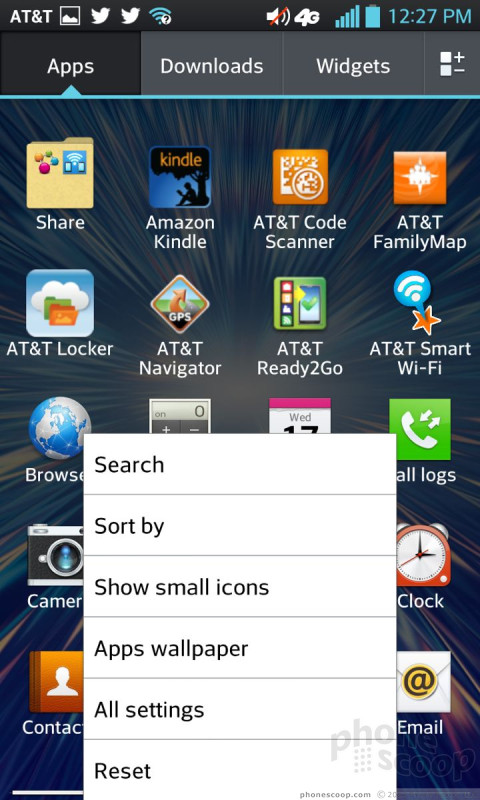





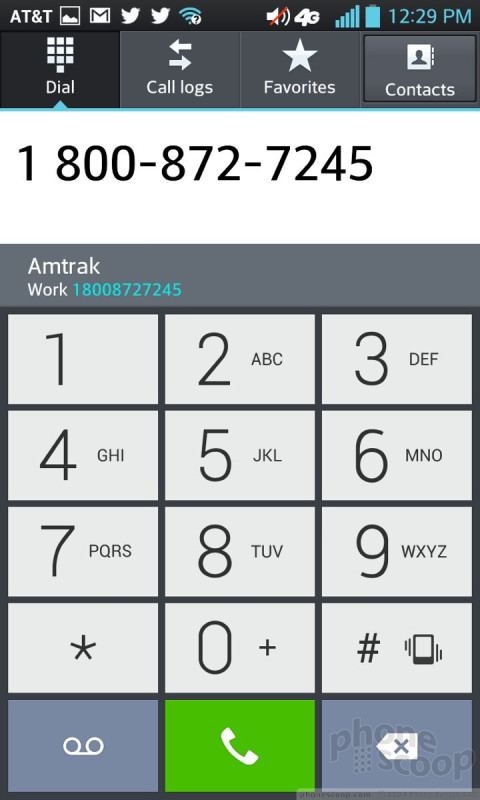










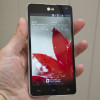 Hands-On: LG Optimus G
Hands-On: LG Optimus G
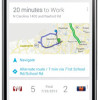 Carphone Warehouse Lists 'Nexus 4' For Sale
Carphone Warehouse Lists 'Nexus 4' For Sale
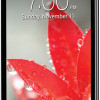 Sprint's Optimus G Follows AT&T's on Nov. 11, Also $199
Sprint's Optimus G Follows AT&T's on Nov. 11, Also $199
 LG Optimus G (AT&T)
LG Optimus G (AT&T)




